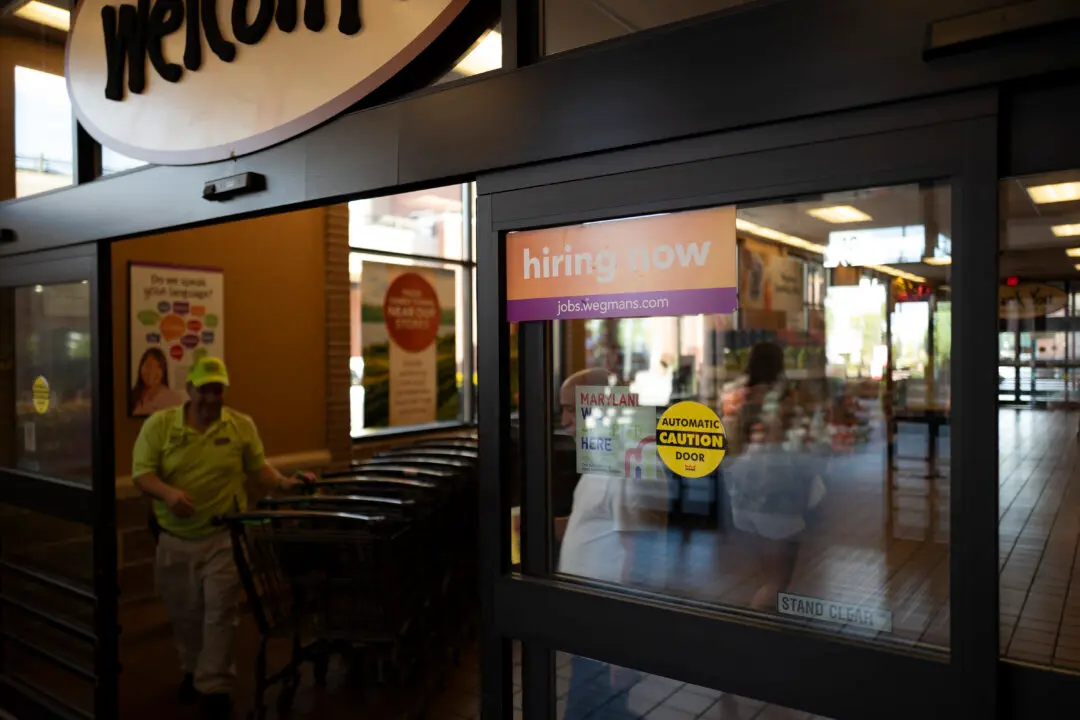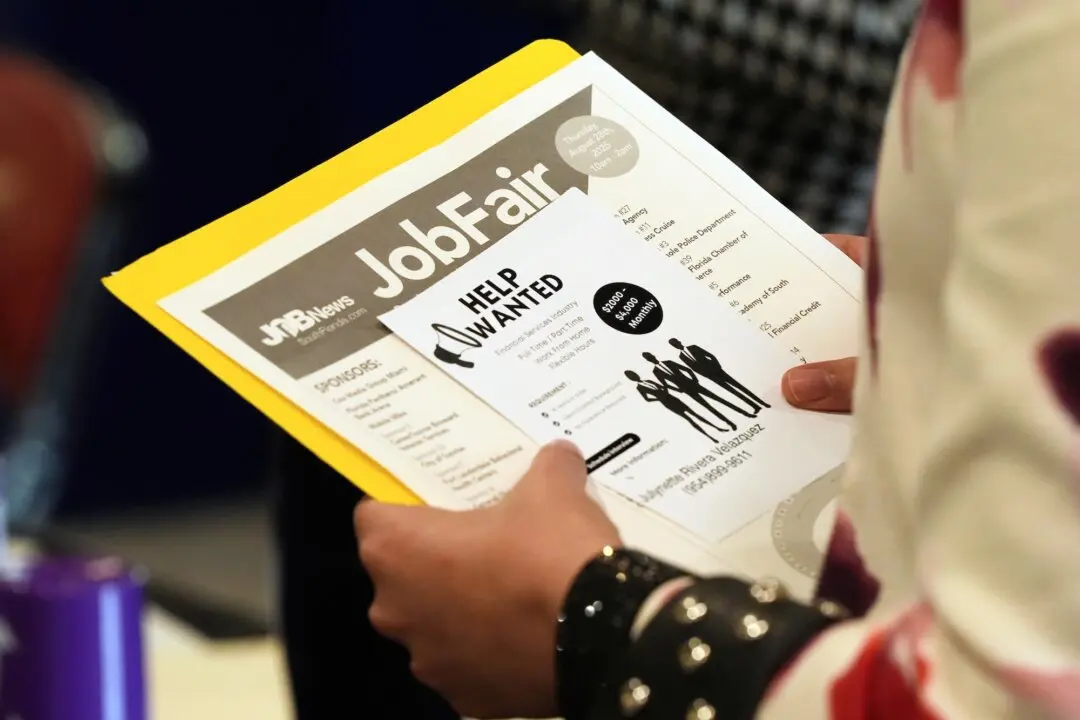Since hitting a 41-year-high of 9.1 percent in June 2022, the U.S. annual inflation growth rate has been on a downward trend for 12 consecutive months. In June, the consumer price index slowed to a lower-than-expected 3 percent, the lowest level since March 2021.
“Good jobs and lower costs: That’s Bidenomics in action. Today’s report brings new and encouraging evidence that inflation is falling while our economy remains strong,” President Joe Biden said in a White House statement. “Annual inflation has fallen each of the last twelve months and is now down to 3%.”





